مقدمة
Role of Pig Detectors in Pipeline Integrity Management
Pig detectors play a key role in maintaining the integrity of pipelines. These devices track the passage of cleaning or inspection pigs through the pipeline system. By providing real-time updates, pig detectors ensure that pigs operate as intended and reach their destinations without mishaps. This seamless monitoring aids in immediate problem identification, such as blockages or wear in the pipeline. Additionally, the data collected by pig detectors helps operators make informed decisions about maintenance needs and scheduling. Ultimately, the use of pig detectors enhances safety, boosts operational efficiency, and supports proactive pipeline management strategies.
Importance of Pipeline Inspection and Maintenance
Regular pipeline inspection and maintenance are crucial for ensuring the safety and efficiency of oil and gas operations. These activities prevent leaks and ruptures that can lead to environmental disasters and costly operational disruptions. Moreover, consistent inspection routines help identify potential issues before they escalate, extending the lifespan of the infrastructure. Effective maintenance also supports optimal flow rates, which are essential for meeting production targets and maximizing profitability. As a result, companies can avoid unexpected downtime and maintain steady delivery schedules.
Understanding Pig Detectors
Definition and Functionality of Pig Detectors
Pig detectors are essential tools in the maintenance and inspection of pipelines. These devices detect the presence and position of pigs as they travel through pipelines. Pigs are tools that perform various tasks such as cleaning, inspecting, or separating different batches of material within the pipe. Pig detectors help ensure that these pigs do not miss any section of the pipeline, thereby enhancing the overall efficiency and safety of the pipeline operation.
Types of Pig Detectors
Intrusive Detectors
Intrusive detectors involve physical contact with the pipeline. Operators install these devices directly into the pipeline wall. They typically provide very accurate data because they can detect the exact moment a pig passes by. This direct method allows for precise monitoring but requires pipeline modification for installation, which can be a drawback in terms of pipeline integrity and downtime.
Non-intrusive Detectors
Non-intrusive detectors, on the other hand, do not require any physical alteration to the pipeline. These devices work by sensing changes in pressure, acoustic signals, or magnetic fields as pigs pass. Non-intrusive methods are highly favored for their ease of installation and minimal risk to pipeline integrity. They are versatile and can be used on various pipeline materials and sizes. Furthermore, they reduce the risk of leaks and contamination since the pipeline remains intact.
Transitioning Between Types
Choosing between intrusive and non-intrusive pig detectors depends on specific operational needs. For instance, when accuracy in data is paramount and slight pipeline modifications are permissible, intrusive detectors are ideal. Conversely, for operations prioritizing quick setup and minimal disruption, non-intrusive detectors offer a practical solution.
In conclusion, understanding the differences and specific applications of each type of pig detector allows for better decision-making in pipeline management. This ensures that the selected type aligns with the operational priorities, whether it’s maintaining pipeline integrity, minimizing installation time, or ensuring detailed data collection.
Types of Intrusive Pig Detectors
Intrusive pig detectors are essential tools for detailed pipeline monitoring. Their direct installation into the pipeline allows for precise data collection. This section explores two main types: flange connection pig detectors and weld connection pig detectors.
Flange Connection Pig Detector
A flange connection pig detector integrates seamlessly into the pipeline through a flanged joint. Operators prefer this type for its ease of installation and maintenance. It involves bolting the detector to a matching flanged section on the pipeline. This method not only simplifies the initial setup but also facilitates easy access for repairs or adjustments without extensive pipeline modifications. Flange connection pig detectors are highly versatile, suitable for both temporary and permanent applications. They provide reliable performance under various operational conditions, making them a popular choice for many industries.
Moreover, the design allows for a secure seal, reducing the risk of leaks and ensuring the integrity of the transported material. Industries that require frequent pigging operations often opt for this type due to the straightforward disassembly process.
Weld Connection Pig Detector
Transitioning to weld connection pig detectors, these are known for their durability and permanent installation. Unlike flange types, weld connection detectors require welding to integrate them into the pipeline. This method offers a robust and leak-proof connection, ideal for high-pressure environments and extreme conditions.
Weld connection detectors excel in environments where pipelines are subjected to harsh conditions, such as high temperatures or corrosive substances. The permanent nature of the weld ensures that the detector remains stable and secure over long periods. However, the installation and maintenance of these detectors demand skilled welding, making them less flexible than flange-connected models but excellent for long-term deployment.
تحديد
| اسم | مؤشر خنزير غير تدخلي |
| درجة حرارة التشغيل | -39.8 درجة مئوية / 80 درجة مئوية |
| رطوبة التشغيل | 41٪ ~ 83٪ |
| نوع المستشعر | الحث المغناطيسي |
| نوع مفتاح الإشارة | سبدت |
| مرور الوقت | ±2 ثانية |
| نطاق سرعة تنظيف الخنزير | 0.2-10 م / ث |
| قدرة التبديل | 2 أ |
| إعادة تعيين النوع | تسجيل السيارات |
| نوع وصلة الكابل | M20 * 1.5 、 1/2NPT F |
| مقاوم للانفجار | إكس دي IICT6 جيجابايت |
| درجة IP | آي بي 65 |
| اسم | مؤشر خنزير قابل للتعديل 20 مم |
| اتصال | اتصال شفة |
| طول الجسم المكونات | 200 ملم |
| درجة حرارة التشغيل | -20 ~ 120 °C / تلبية متطلبات العملاء |
| ناس السيد 01-75 | نعم |
| حماية الدخول | IP65/IP66 |
| فئة مقاومة للانفجار | ExdⅡ BT4 |
| إزالة تحت الضغط | لا |
| نوع الزناد | ثنائي الاتجاه/أحادي الاتجاه |
| طول قابل للتعديل | 20 ملم |
| مادة الجزء الداخلي | 316SS/DSS/INCONEL |
| أدخل العمق | 21 مم (ثنائي) / 13 مم (أحادي) |
| شفة / مادة الجسم | PTFE المغلفة A105N / 304SS / 316SS / DSS / INCONEL (حسب MR) |
Benefits of Using Pig Detectors in the Oil Industry
Early Detection of Pipeline Issues
Pig detectors significantly enhance pipeline management by providing early detection of anomalies and potential failures. These devices identify obstructions, corrosion, and cracks, alerting operators before these issues escalate into major problems. Early detection allows for timely interventions, preventing extensive damage and ensuring the pipeline operates smoothly. This proactive approach not only maintains the flow but also safeguards the quality of the transported materials.
Minimizing Downtime and Maintenance Costs
By catching problems early, pig detectors help minimize downtime. Operations continue without major interruptions, maintaining productivity and revenue streams. Moreover, addressing issues when they are minor reduces the scope and cost of repairs. Regular use of pig detectors in routine inspections decreases the frequency and severity of maintenance operations. This reduction in both unplanned outages and maintenance expenses significantly lowers overall operational costs. It also extends the lifespan of the pipeline, optimizing the return on investment in infrastructure.
Ensuring Compliance with Safety and Regulatory Standards
Pig detectors play a crucial role in ensuring compliance with safety and regulatory standards. Many industries are subject to strict regulations concerning pipeline integrity and safety. Using pig detectors helps operators adhere to these regulations by maintaining high safety standards. The devices ensure that pipelines do not pose a risk to workers, the public, or the environment. Compliance not only avoids legal penalties but also boosts the reputation of companies as responsible and reliable operators.
Overall Impact
Implementing pig detectors in pipeline systems offers a comprehensive advantage, enhancing operational efficiency, reducing costs, and adhering to compliance standards. These benefits collectively contribute to a more sustainable and economically viable operation. Operators gain peace of mind, knowing that their systems are under constant surveillance and that they can react swiftly to any arising issues. Ultimately, the integration of pig detectors into pipeline management protocols exemplifies best practices in modern pipeline operations, aligning with industry advancements and technological innovation.
أنواع المؤشرات
| أنواع المؤشرات | ||||
| أنواع المؤشرات | أ | ب | ج | د |
| نوع تدخلي | تطفلي | تطفلي | تطفلي | غير تدخلية |
| ميزات المؤشر | نوع بوبر | علامة إعادة الضبط اليدوية | علم إعادة الضبط اليدوي مع الإشارات الكهربائية | عرض التاريخ والوقت مع إشارات كهربائية |
Frequently Asked Questions (FAQs)
A. What is a pig detector, and how does it work?
A pig detector identifies and monitors the location of pigs within pipelines. It senses changes as pigs pass specific points.
B. Why are pig detectors important in the oil industry?
Pig detectors ensure operational efficiency and safety. They help prevent blockages and leaks, maintaining smooth pipeline operations.
C. What are the different types of pig detectors and their applications?
There are two main types: intrusive and non-intrusive. Intrusive detectors offer precise data, while non-intrusive models ensure pipeline integrity.
D. How do pig detectors contribute to pipeline integrity management?
Pig detectors monitor pipeline conditions, detect anomalies early, and help schedule maintenance. This prevents failures and extends pipeline lifespan.
E. What steps are involved in deploying and operating pig detectors?
First, select the appropriate type based on pipeline specifications. Install the detectors at strategic locations. Regularly monitor and maintain them for optimal performance.
خاتمة
Pig detectors play a transformative role in the oil industry. They elevate safety standards and enhance operational reliability. These devices enable companies to detect issues before they become critical, thereby avoiding catastrophic failures. As a result, they are indispensable tools for maintaining pipeline integrity and ensuring continuous operation.
Furthermore, pig detectors contribute significantly to operational efficiency. They reduce the frequency and severity of maintenance needs, thus minimizing downtime and associated costs. By doing so, they not only protect the environment but also boost profitability and operational continuity. Additionally, their role in ensuring compliance with stringent safety and regulatory standards cannot be overstated. This compliance enhances the oil industry’s reputation for safety and reliability.



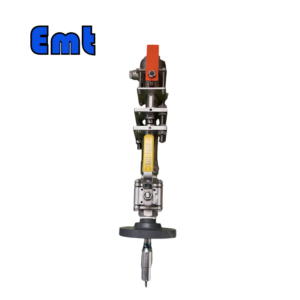

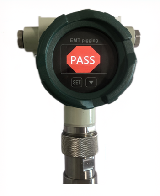
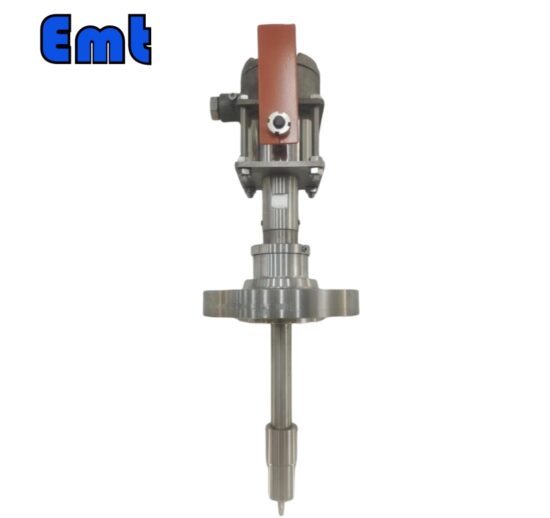
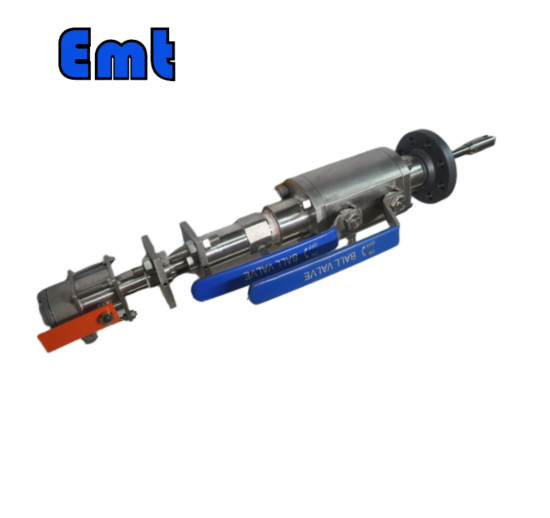
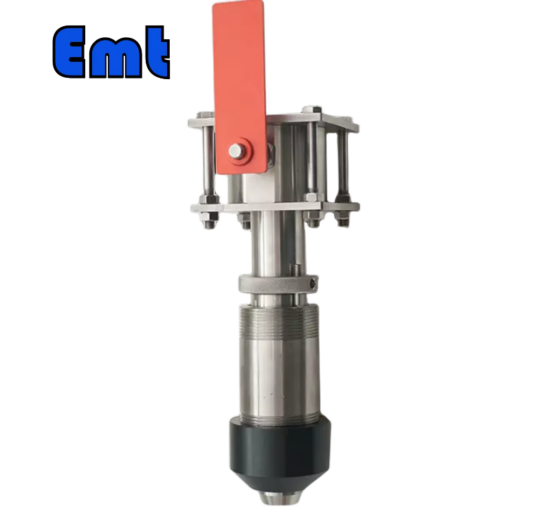
لا توجد مراجعات بعد.